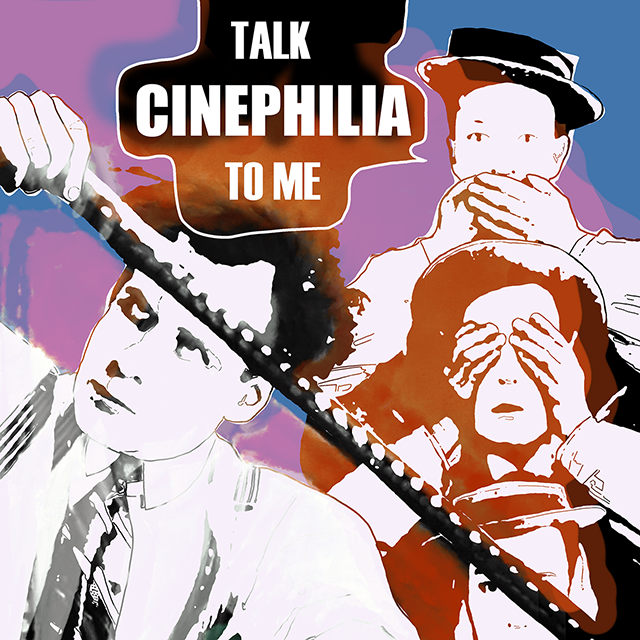The Film Analyses
My focus with film analysis is on Stanley Kubrick and Michelangelo Antonioni, David Lynch entering with his Twin Peaks: The Return as it was a true magus opus that gave new insight to his other work.
With the exception of Fear and Desire, the Kubrick analyses are shot by shot, with screen grabs from each. I've been asked why I don't do videos for Youtube or podcasts, but the intensive immersion style of my analyses, the amount of cross-analysis I do between films, the books upon which they are based, and other works, would be impossible with a podcast or on Youtube.
I began putting the analyses online in 2007, beginning with Kubrick's The Shining and Antonioni's Blow-up. I followed with Eyes Wide Shut, A Clockwork Orange, Zabriskie Point, The Passenger, 2001, Lolita, Day of the Fight, and Killer's Kiss. The majority of the analyses were in place by 2011-2012. They were at first on my blog but the load was too much for my shared server situation so I moved the analyses over to static html in 2012. The Killing was completed and added in 2016, as well was a more intensive look at Fear and Desire added in 2016. Barry Lyndon has been nearly completed for a while, and I hope one day to get it done because of insights had when examining Thackeray.
I have no plans to do Full Metal Jacket. I began Dr. Strangelove but it has been on the back burner.
I periodically return to fine tune, sometimes to rewrite whole sections, and add additional insights both in the analyses proper and by way of supplemental posts.

